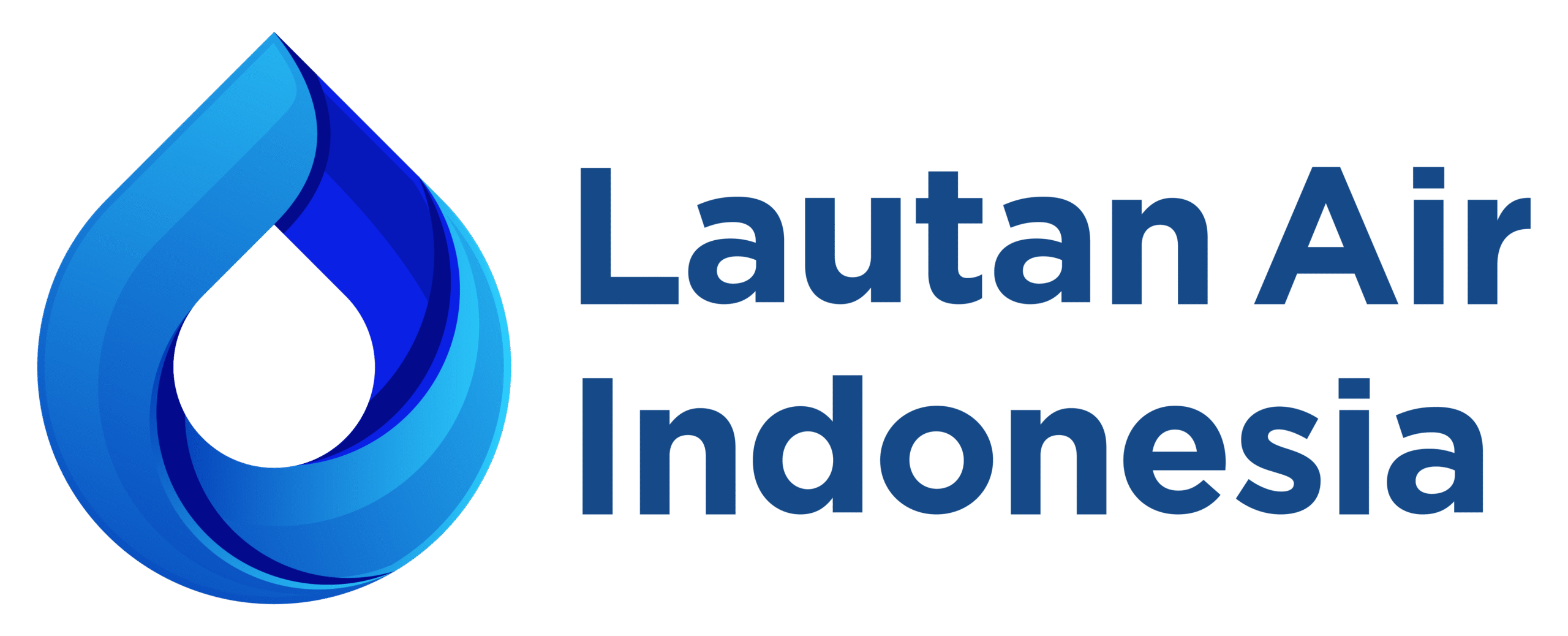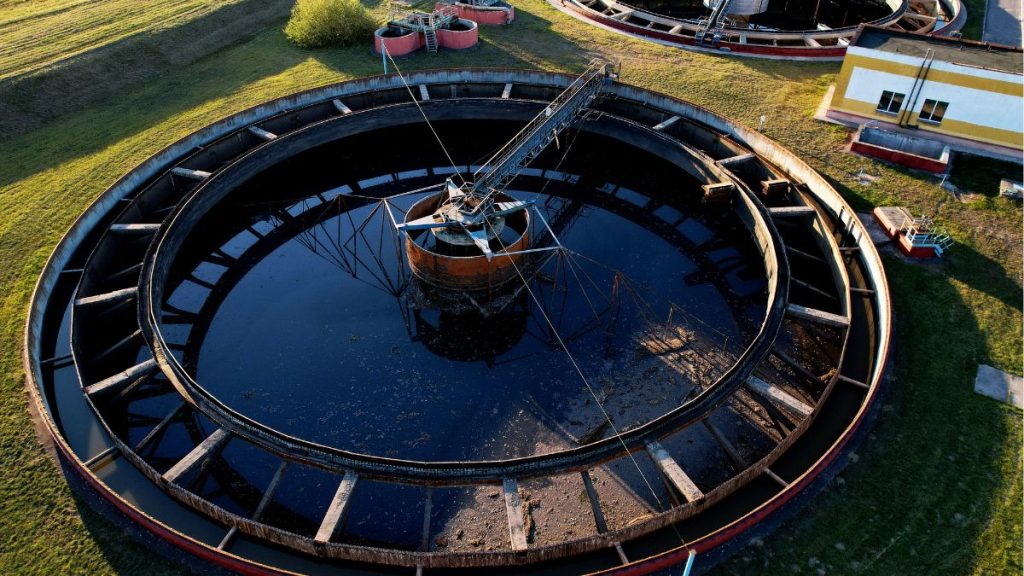Chlorination in wastewater is a crucial step in wastewater treatment, aiming to inactivate pathogenic microorganisms before the wastewater is released back into the environment.
With increasing awareness of the importance of sanitation and environmental health, chlorination has now become an integral process in wastewater treatment systems, both industrial and domestic.
Why is Chlorination in Wastewater Treatment Important?
Chlorination is more than just a technical procedure in wastewater treatment. This process plays a crucial role in protecting human health and the environment from the risks of microbiological contamination. By ensuring harmful microorganisms are inactivated before wastewater is discharged into the environment, chlorination helps create a safe, sustainable, and regulatory-compliant sanitation system.
1. Inactivating Pathogenic Microorganisms
Wastewater, whether from households, industries, or commercial facilities, generally contains pathogenic microorganisms such as bacteria, viruses, and parasites. If this wastewater is disposed of without proper disinfection, the risk of disease spread significantly increases, including diseases such as cholera, dysentery, typhoid, and hepatitis.
Chlorination works by damaging the cell walls of microorganisms and disrupting their metabolic systems, preventing them from growing or surviving.
Read Also: Microorganisms in Wastewater Treatment: A Vital Role in the Wastewater Treatment Process
2. Improving Wastewater Quality
Ensuring wastewater quality meets environmental standards is not only a legal obligation but also part of corporate social responsibility (CSR).
Chlorination helps improve water quality parameters such as total coliform, E. coli, and biological residues, making the wastewater safe for discharge into water bodies such as rivers or the sea.
3. Preventing Water Source Pollution
Without the chlorination process, wastewater containing active microorganisms has the potential to contaminate raw water sources, which could otherwise be reused for industrial purposes, irrigation, or even drinking water after recycling.
This cross-contamination can have long-term impacts on human health and the balance of aquatic ecosystems.
4. Compliance with Regulations
Many countries, including Indonesia, have wastewater quality standards governed by government regulations. One such regulation is the Regulation of the Minister of Environment and Forestry concerning wastewater quality standards.
The chlorination process helps ensure that the discharged wastewater meets the maximum levels of microorganisms permitted by law.
Implementing Chlorination in Wastewater Treatment
For chlorination to produce effective and efficient results, its implementation must be precise, measured, and tailored to the characteristics of the wastewater being treated.
This process involves more than just adding chlorine; it also encompasses a dosing system, monitoring, residue control, and technology integration to ensure safe and consistent effluent quality.
1. Chlorination Process
Chlorination in wastewater treatment is generally carried out in the final stage after processes such as sedimentation, biological treatment, and filtration are complete. The goal is to allow the chlorine to work optimally without being disrupted by suspended solids or other contaminants.
Common forms of chlorine used include:
- Chlorine Gas (Cl₂) – Effective and economical for large-scale installations, but requires strict handling due to its corrosive and hazardous nature.
- Sodium Hypochlorite (NaOCl) – A liquid that is easier to handle and often used for medium to small-scale installations.
- Calcium Hypochlorite (Ca(OCl)₂) – A highly stable solid form, often used in facilities requiring long-term storage.
After chlorine addition, wastewater must undergo a contact time in a chlorine contact chamber for several minutes to ensure maximum disinfection.
Read Also: The Importance of Phosphorus Removal in Wastewater Treatment
2. Dosage Control and Monitoring
One of the challenges in chlorination is determining the correct chlorine dosage. Too low a dosage can result in ineffective disinfection, while too high a dosage can produce harmful byproducts such as trihalomethanes (THMs) and haloacetic acids (HAAs).
To achieve this, online monitoring systems such as chlorine analyzers, residual chlorine sensors, and ORP meters are needed, which can help automatically adjust chlorine dosage based on incoming water quality and target output water quality.
3. Dechlorination (If Necessary)
In some cases, especially when wastewater is to be reused, residual chlorine levels must be removed to prevent disrupting biological processes or causing toxic effects on receiving organisms. This process is called dechlorination, and it generally uses chemicals such as:
- Sodium bisulfite (NaHSO₃)
- Sulfur dioxide (SO₂)
- Activated carbon
4. Integration with Automation Systems
Modernized chlorination systems are now equipped with PLCs (Programmable Logic Controllers) and SCADAs (Supervisory Control and Data Acquisition), which allow operators to monitor and control the system in real time, increasing process efficiency and reliability.
Environmental Challenges and Considerations
While chlorination is effective, this process is not without challenges. One major issue is the potential formation of by-products that are harmful to the environment and humans if not properly controlled.
Therefore, in its implementation, chlorination must be accompanied by:
- Selecting the appropriate type of chlorine
- Optimal dosage setting
- Real-time monitoring system
- Dechlorination process if necessary
- Regular environmental audits
Technological Support and Expertise in the Chlorination Process
Optimizing chlorination requires more than simply selecting the right chemicals. It requires technical understanding, appropriate equipment, and regular monitoring to ensure the disinfection process runs reliably and efficiently. This is where partnering with a solution provider that understands the complexities of wastewater treatment is crucial.
With over four decades of experience in the water treatment industry, Lautan Air Indonesia is here to assist various sectors in designing and managing chlorination systems tailored to their needs. From disinfection chemical selection and dosing system design to monitoring equipment provision, to operational and maintenance services, everything can be tailored to the scale and characteristics of your facility.
If you are designing or optimizing a wastewater treatment system at your facility, entrust your chlorination needs to Lautan Air Indonesia. Contact us now for a technical consultation or schedule a visit with our expert team.



